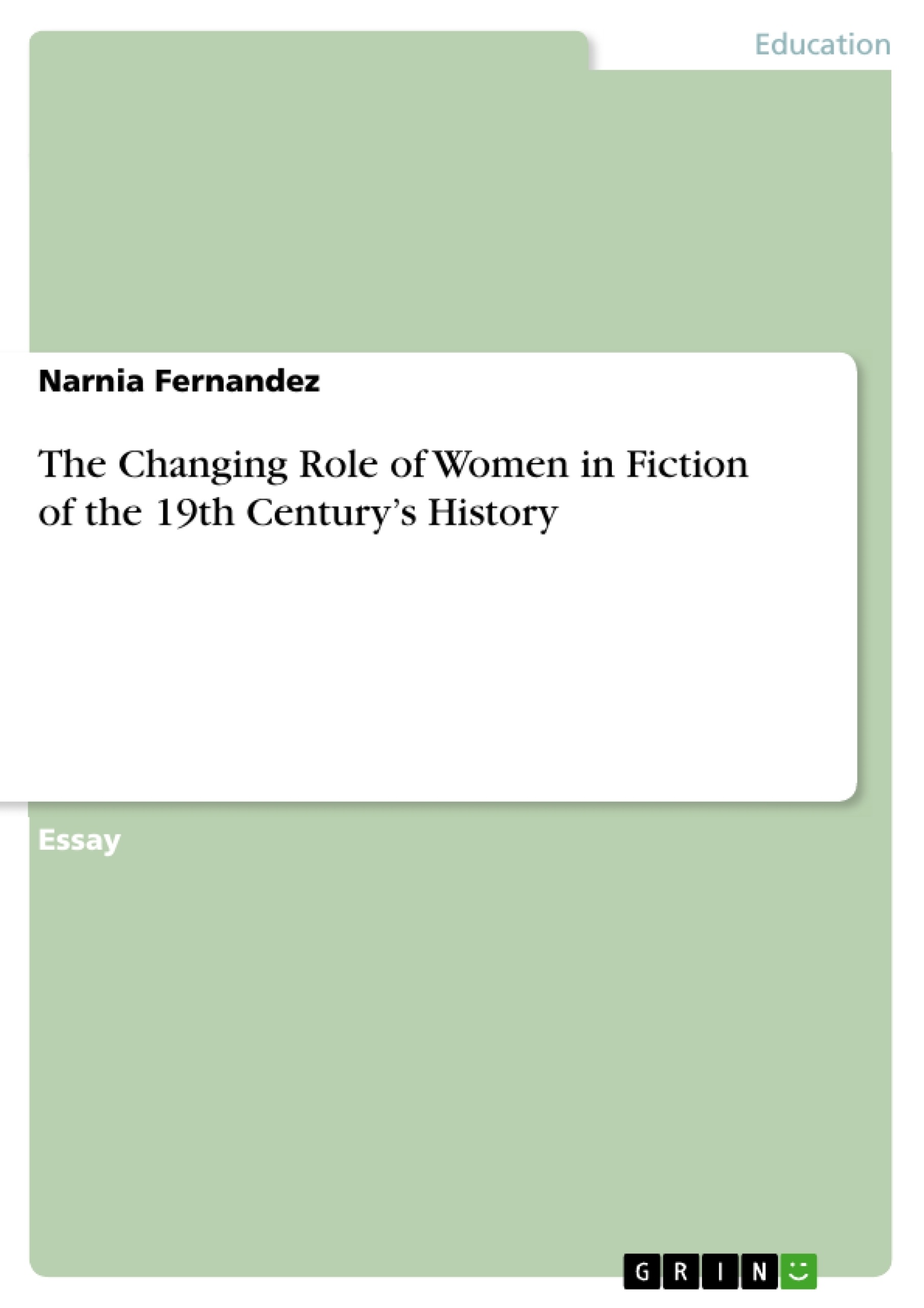The novel became the most popular genre in 19th century’s literature to depict the time’s life and social conventions. Authors in that time put often a women’s life in the center of such stories. The following essay is about how the role of these depicted women changed according to selected classic English novels. In order to answer the question I am going to analyze the women in the novels and compare them with each other, starting with the earliest one:
Inhaltsverzeichnis (Table of Contents)
- The Changing Role of Women in Fiction of the 19th Century's History
- Isabelle Archer of Portrait of a Lady
- Eustacia Vyre of Return of the Native
- Catherine of Wuthering Heights
- Elizabeth Bennet of Pride and Prejudice
Zielsetzung und Themenschwerpunkte (Objectives and Key Themes)
This essay explores the portrayal of women and their changing roles in select classic English novels of the 19th century. The analysis aims to understand how these fictional women navigate societal expectations, pursue personal freedom, and ultimately, experience the consequences of their choices.- The impact of societal norms on women's lives and choices
- The tension between societal expectations and personal desires for independence
- The consequences of marrying for social status or financial security
- The exploration of different forms of female agency and self-expression
- The role of love, marriage, and social conventions in shaping women's destinies
Zusammenfassung der Kapitel (Chapter Summaries)
- Isabelle Archer of Portrait of a Lady: Isabelle, a free-spirited American woman, inherits a fortune and travels to Europe, where she encounters several marriage proposals. Despite her desire for independence, she chooses to marry Gilbert Osmond, motivated by financial security rather than love. This decision leads to an unhappy marriage, highlighting the author's portrayal of marriage as potentially detrimental to women's happiness.
- Eustacia Vyre of Return of the Native: Eustacia, a passionate and rebellious character, defies societal expectations by engaging in an adulterous relationship with Damon Wildeve. Her desire to escape her desolate surroundings leads her into a tragic marriage with Clym Yeobright, ultimately ending in her drowning. The author underscores the dangers of marriage without love and the consequences of societal constraints.
- Catherine of Wuthering Heights: Catherine, a lively and impulsive woman, defies convention by falling in love with the gypsy-like Heathcliff. However, she ultimately chooses to marry Edgar Linton for social stability and financial security, leading to a life of unhappiness. The author emphasizes the importance of choosing love over societal pressures, highlighting the potential consequences of prioritizing social status over true happiness.
- Elizabeth Bennet of Pride and Prejudice: Elizabeth, intelligent and quick-witted, initially resists societal pressures to marry for financial gain. She rejects her first marriage proposal and even Darcy's initial advances due to prejudice. Through a process of self-discovery, Elizabeth realizes the true nature of Darcy's character and ultimately finds happiness in their marriage, suggesting that marriage can be a positive outcome when based on mutual love and understanding.
Schlüsselwörter (Keywords)
The primary themes explored in this essay include the portrayal of women in 19th-century English literature, societal expectations, personal freedom, marriage, love, social conventions, and the interplay between these factors in shaping the destinies of the female characters. The analysis focuses on the novels Portrait of a Lady, Return of the Native, Wuthering Heights, and Pride and Prejudice.
Excerpt out of 3 pages
- scroll top
- Quote paper
- Narnia Fernandez (Author), 2012, The Changing Role of Women in Fiction of the 19th Century’s History, Munich, GRIN Verlag, https://www.grin.com/document/212632




